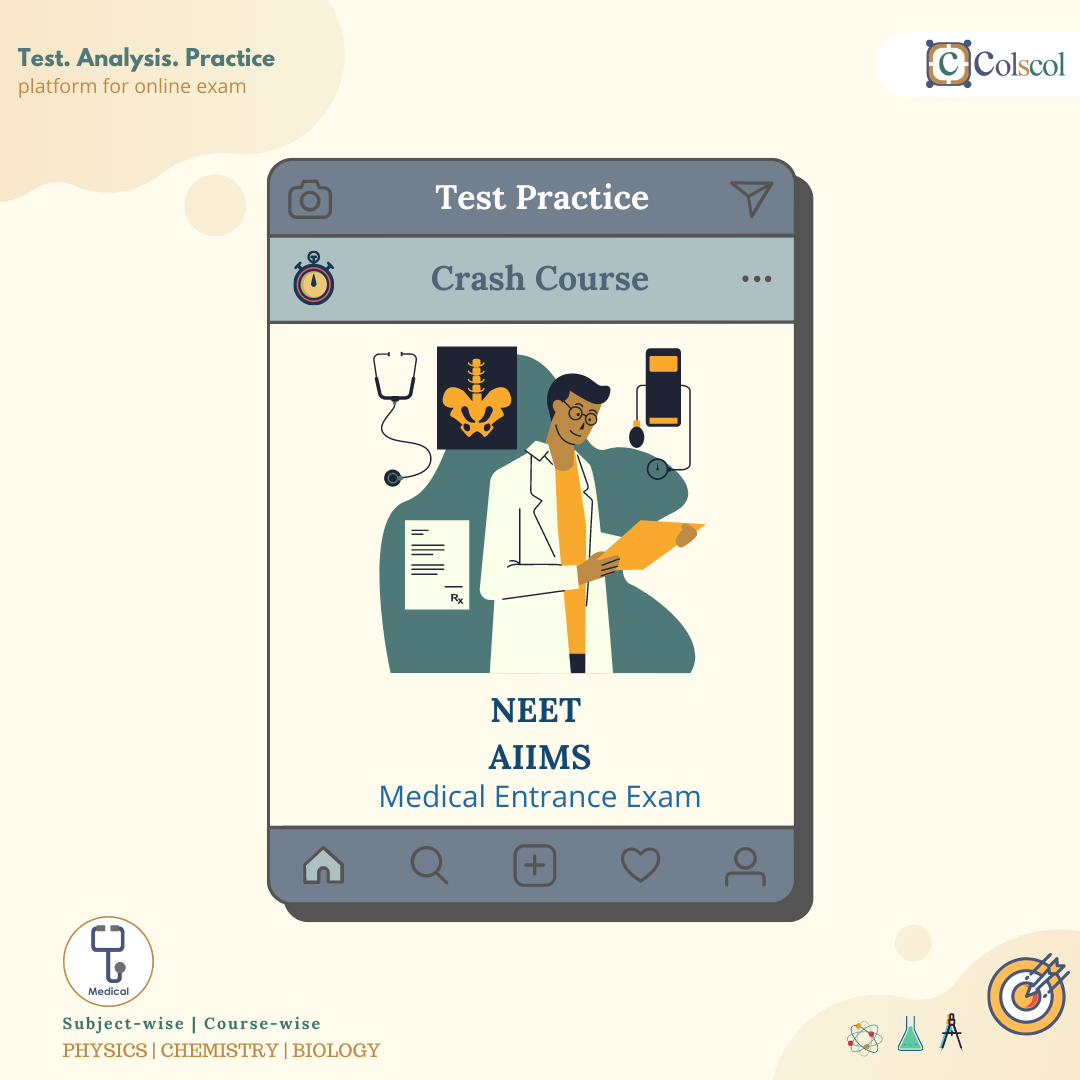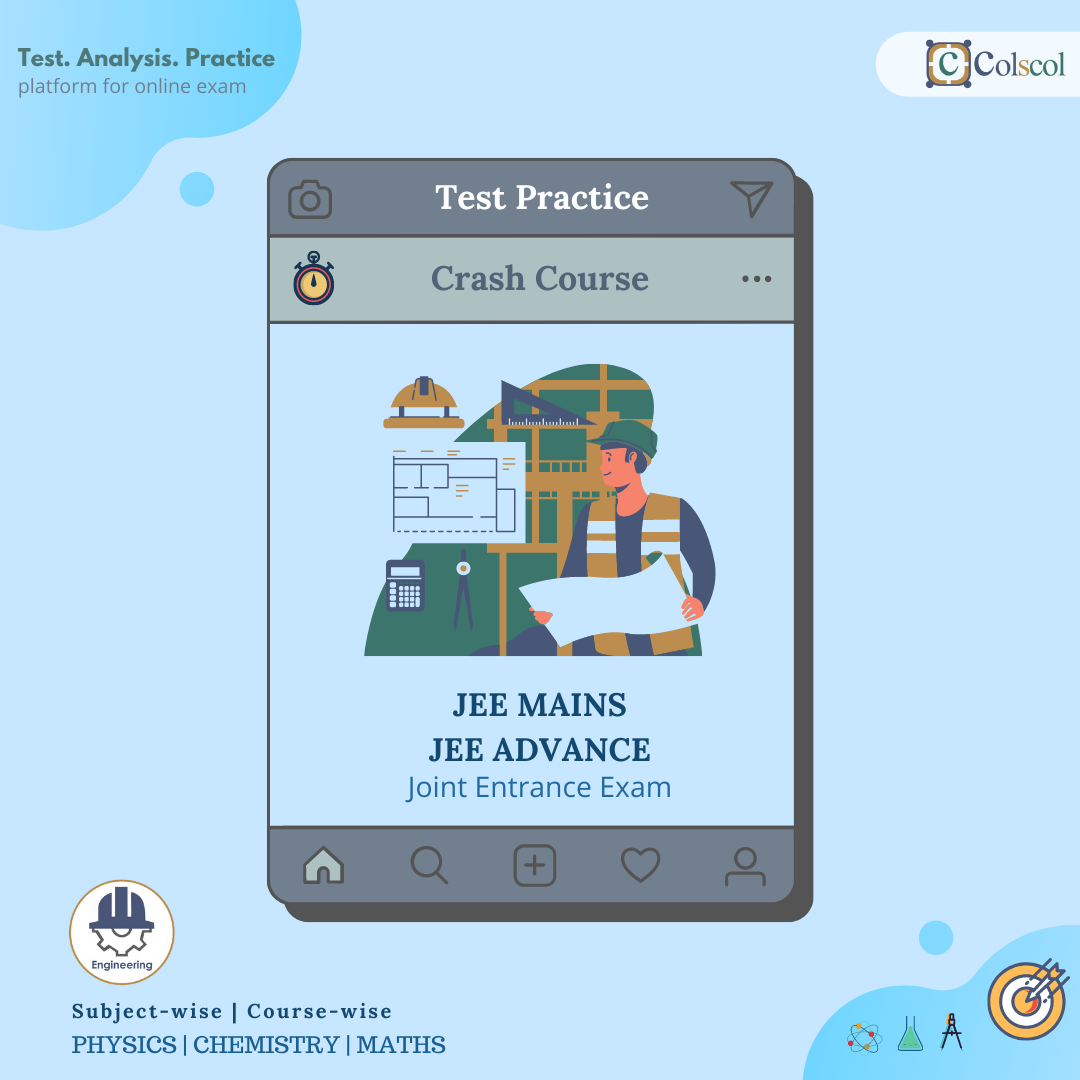CBSE syllabus always maintains a sta and If a student has trouble understanding a topic related to science, the student can go through questions and answers related to each topic covered in Class 6 Biology.
Some of the topics Covered include :
TOPICS
- Food:Where Does It Come From?
- Components Of Food
- Getting To Know Plants
- Body Movements
- The Living Organisms- Characteristics and Habitats
- Garbage In Garbage Out
1.A. Food Variety
1.B. Food Materials and Sources
1.C. Plant Parts and Animal Products As Food
1.D. What Do Animals Eat?
2.B. What Do Various Nutrients Do For Our Body?
2.C. Balanced Diet
2.D. Deficiency Diseases
3.B. Stem
3.C. Leaf
3.D. Root
3.E. Flower
4.B. “Gait Of Animals”
5.B. Habitat and Adaptation
5.C. A Journey Through Different Habitats
5.D. Characteristics Of Organisms
6.B. Vermicomposting
6.C. Think and Throw
6.D. Recycling Of Paper
6.E. Plastics- Boon or a Curse?



